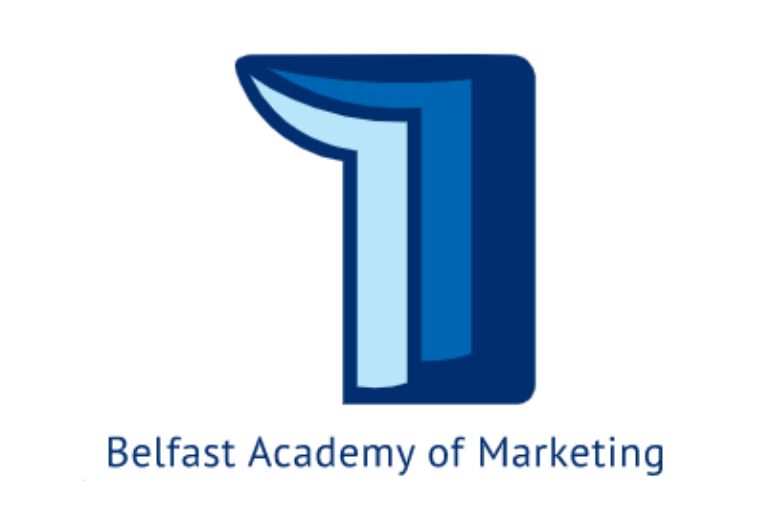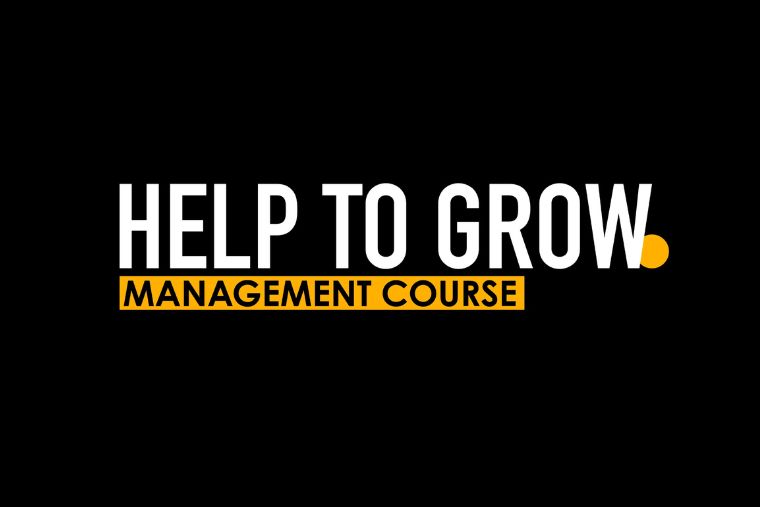Harnessing the ordinary to achieve the extraordinary
Uncover the power of creating straightforward systems and processes to allow you to use more of your processing power for the magic, not the mundane.
Thursday 25 January 2024

All too often in business, we challenge ourselves with reinventing the wheel when in fact, our efforts would be better spent following the breadcrumb trail of previous experience. In taking the time to explore the steps that preceded our successes and our failures, we can piece together clues to repeat and refine what works best without having to make the same mistakes twice.
Take a moment to consider your role. Although no two days may be the same, the number of key tasks within your remit that you are required to consistently undertake on an ongoing basis is likely to be finite. If systemisation of these tasks seems like a burden, consider the financial and human cost of burnout and inconsistency…this is the price you will pay in the long-term.
While the brain represents just 2% of a person’s total body weight, it accounts for 20% of the body’s energy use. Human beings are designed to take the path of least resistance. A well-defined system and process creates the right path and sets you up for success. It allows the brain to use its processing power for high value creativity and problem solving as opposed to reinventing the wheel.
If goals and objectives are the destination, systems and processes are the journey.
Consider the five points below when prioritising where to start with establishing systems and processes in your business:
1. Frequency of repetition
For activities you undertake on a regular basis, be that weekly or quarterly, they are worth documenting to save time and reduce errors. For example in a customer service setting, if you receive the same query three times, create a canned response or add this to your FAQs.
2. Compliance and regulations
If your business operates in an industry that is required to provide evidence of adherence to specific legislation, an established methodology acts as a sequential audit trail and provides oversight at every touchpoint to key stakeholders that may not be directly involved in the operational delivery.
3. Interdepartmental collaboration
Organisations of all sizes find that there can be nuanced ways of working across different departments or functions. A well-structured process creates alignment, clarity and transparency by projecting a shared vision of success that all parties can buy into because they understand the specific contribution they will make, and how to make it.
4. Onboarding and training
Welcoming new team members or upskilling existing team members is hugely resource intensive. To ensure understanding and adoption of specific approaches or ways of working, systems and processes lay solid foundations that individuals feel empowered to build on further. It expedites integration into the company culture as well as the impact the newly appointed or promoted team member will have by executing their part of the strategy.
5. Business preparedness
Undocumented processes with a single point of failure are risky. Even if you are not focused on scaling, creating a blueprint for systems that depend heavily on an individual or a small group can mitigate knowledge loss due to turnover or unexpected absence.
Remember – being the only person with specific knowledge or specialist skills does not guarantee you will be irreplaceable…but it could make you unpromotable or your business unsellable.
There are many compelling reasons to implement systems and processes, not least of which is that they allow you to make better use of your time by eliminating or limiting anything that does not support you in achieving your end goal.
However, knowing where to start can be overwhelming. It is important to remember that a first draft is by no means a finished product and you will go through multiple iterations of the same process. Start small and keep it simple. Take for example a typical customer journey. In our experience from demand generation through to repeat business and securing a referral there is a set number of steps that typically occur. In 5 – 10 steps, map out an ideal version of this journey and you now have a framework to build on to do this at scale.
Change is constant and it is important to make a habit of updating your systems and processes so that they remain fit for purpose in the long-term. A second set of eyes can also be invaluable. By pairing up with a colleague to constructively challenge an established system or process, you are incubating innovation and inviting diversity of thought. The importance of gathering insights cannot be understated. Even if the feedback provided does not lead to immediate, radical change, it could be a useful experience to draw on when faced with a different challenge in the future.
Incorporate artificial intelligence to work smarter, not harder.
AI can act as an ally to supercharging your productivity and simplifying your systems. Whilst you cannot and should not want to use it to outsource the inimitable human elements of your role, there are a number of useful platforms with powerful AI integrations as well as standalone AI tools available so you can direct more of your processing power towards the magic, not the mundane. Our top three tried and tested AI tools to efficiently streamline workflows are:
1. Trello – Have you ever created a to do list only to end up with secondary to do lists for your primary to do list? A visual project management tool, Trello allows users to map out key tasks in addition to offering a suite of easy to implement rules, buttons and commands that can all be automated so nothing falls through the cracks.
2. Perplexity AI – If ChatGPT and the Google search engine had a child, Perplexity AI would be it. Suitable for gathering large volumes of information from cited sources, this tool supports with quickly creating a comprehensive review of a specific subject matter.
3.Tango – Once you’ve established the need for a system or a process, maintaining a robust, up-to-date version is crucial to business continuity. Plus, it can save countless hours when onboarding new team members or supporting your existing team to grow and develop their knowledge and skills. Tango captures each step in a process and populates a user-friendly guide that incorporates screenshots, interactive recordings and written descriptions, all of which are available on demand.
In a fast-paced environment where urgency prevails, systems and processes can be overlooked as a nicety rather than a necessity. However, this is where sustainable growth excels. James Clear, author of the #1 New York Times bestseller Atomic Habits states, “You do not rise to the level of your goals. You fall to the level of your systems”.
So what are you waiting for? Implement one system today, big or small, that your future self will thank you for.
Author Marie-Claire McGreevy & Oonagh O’Reilly
Thursday 25 January 2024




 Contact us
Contact us
 Share on social
Share on social Share with a friend
Share with a friend Facebook
Facebook LinkedIn
LinkedIn
 Twitter
Twitter



















 Get in touch with us
Get in touch with us